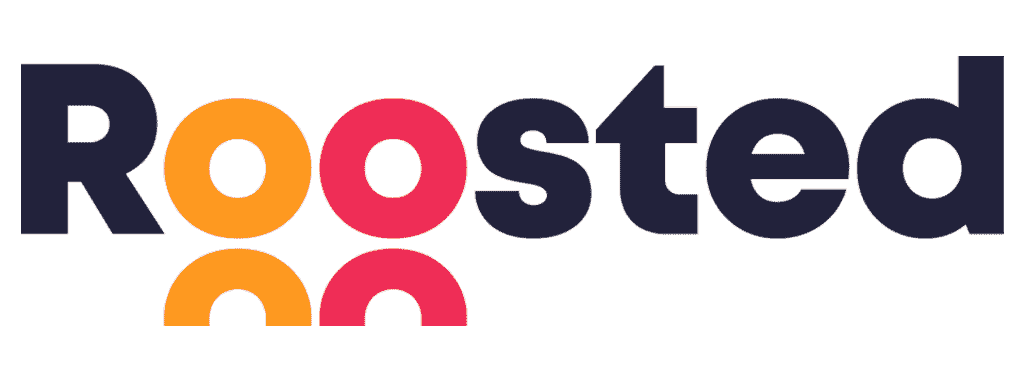This could be the best way to hire your
event staff.
Hiring is one of the top challenges reported by managers in staffing and hospitality. If you haven't considered using working interviews, you should.

How you can use working interviews to improve your hiring process
Hiring enough good people for any business is a challenge, especially in the service industry. If you’re working in staffing, food & beverage catering, or event production (to name a few), you’ll often find yourself faced with a need for good employees. But who to hire? What types of questions to ask during the interview before you commit? Maybe you don’t have to commit. In this second article in our series about hiring, we going to discuss Working Interviews, which can be a great way to “try before you buy” with your candidates.
What are working interviews?
- A working interview is meant to work right along side your normal staff and managers.
- They are meant to be paid a legal wage, even if an introductory one.
What are the benefits of a working interview?
- Depending on your locality, you’re not actually hiring the person. This may help with various forms of insurance, unemployment, and onboarding costs.
- You’ll get to see (sort of) how the candidate works and learns. This is particularly useful for jobs in the service industry where a lot of what you’re evaluating at entry levels is simply their attitude.
- Working interviews can significantly shorten the primary interview time, so hiring groups of people can go much quicker.
- They’re also a great opportunity for the candidate to learn more about the company culture and details of the specific job.
Working interviews are not:
- Working interviews are not a way for companies to hire free temporary staff: you gotta pay people to work. Don’t create a liability for yourself by violating this law to save a little money.
- They’re not a way to cheap out on staff for high-demand days. If you’re clear up front that this is a temporary gig, or that the work will be sporadic, that’s fine. However, working interviews shouldn’t be used in place of a normal staffing company (if that’s what you usually do) by paying the lower wages. Working interviews should be paid commensurate with starting pay in that position at your company.
- They don’t help you to avoid paying taxes. You should typically document and process your working interviews like every other employee. You may, however, have a 2 stage hiring process where working interviews only complete the necessary paperwork, and actual hires complete the entire new hire packet.
How to get started with working interviews:
- Your wanted ads for the position can read just like normal, there’s no need to modify anything on them. In fact, it’s probably best not to overcomplicate it by explaining that your company has a working interview process. This will help you get your candidates scheduled for a primary interview.
- Use your primary interviews to screen candidates for the basics. This can be a good time to check on uniform requirements, general attitude, hygiene, etc.
- Use your primary interview to explain the process and complete the basic documents needed for the working interview.
- If you're going to do a more in-depth interview, you may want see our Event Staff Interview Questions: Dos and Don'ts.
- Schedule your candidate for a working interview during your next event.
How to conduct a working interview
- This depends highly on their skill level, but Roosted can help during this process. Let’s say you’re hiring bartenders, you can create a skillset on Roosted called Bartender Working Interview, and give this skillset to your new candidate. Have them work in the capacity of their proposed skill level, so bartending in this example.
- Have them working directly with a supervisor with whose opinion you can trust, this’ll be the person to leave their review on Roosted. Ask this person to take note of their performance.
- After a sufficient number of working interviews (even one is just fine for many workplaces), you can remove the Bartender Working Interview skillset, and apply the real one (so in this example, just Bartender), and consider them officially hired.
- Remember: all the normal rules of engagement apply. If the worker hurts themselves or is harassed on the job, your exposure is the same as with any other employee.
How to document a working interview
- Of course, this varies depending on your jurisdiction. However, the minimum you’ll need is an application and a right to work document (in the US that’s an I-9).
- You may want to have your candidate sign a non-disclosure as well, as they may be learning sensitive information.
- A document clarifying that this particular shift or series of shifts is a paid working interview, what the wages are, what the hours at, and what the process is. This document should also clarify that they are not considered employed until an official employment offer has been made.
- Alternatively, you could invite your candidates in to spend some time observing, and not working or receiving training. This would lessen your exposure and documentation, at the cost of not really getting to see the candidate in action.
At the end of the day, the working interview is just another tool in your belt to help you recruit, find, and hire the right candidates. It shouldn’t be used in place of a normal interview, but can often be used to supplement to a considerable degree. Roosted has a few tools, such as skillsets and ratings, to help implement working interviews into your process. For more advice, ask a Client Success Engineer.
